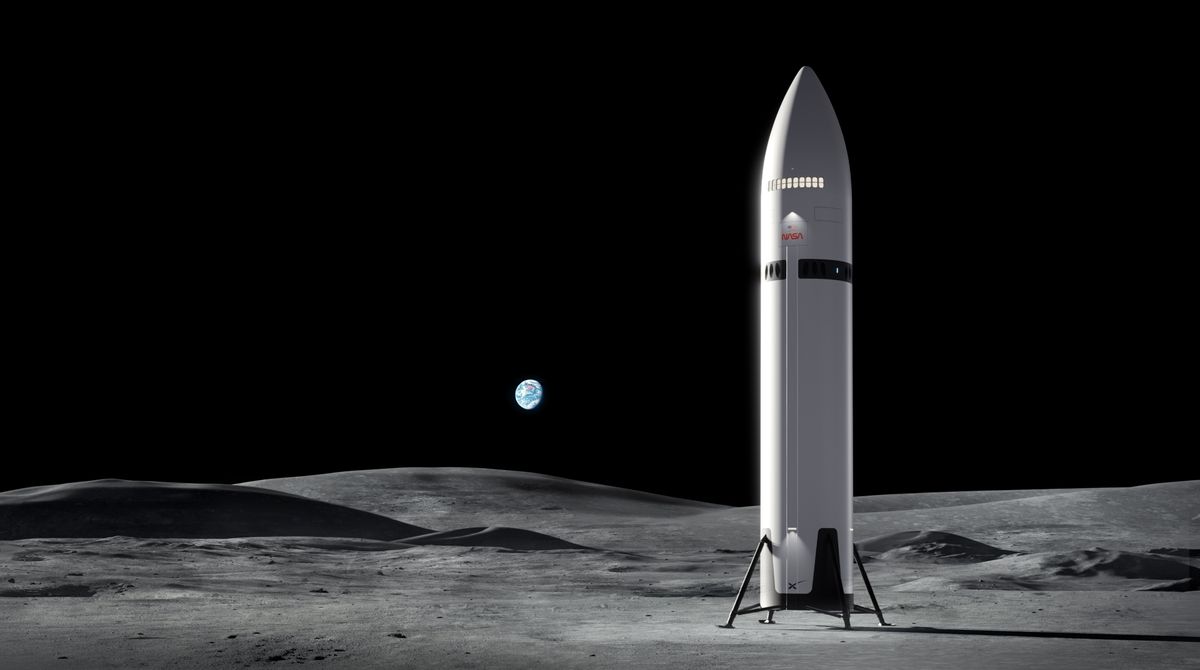Bussiness
Starbucks store workers want their new CEO to take action on these 4 issues
- Starbucks CEO Brian Niccol has been in his new role for about a month.
- Employees at Starbucks stores say they’re eager to see what changes he makes.
- From becoming a “third place” again to mobile orders, here are what they’re watching.
Starbucks could see lots of changes as CEO Brian Niccol gets his bearings.
Niccol, who has been at the helm of the coffee giant for a month now, has made clear that it has room to improve its American stores. He plans to work on “reestablishing Starbucks as the community coffeehouse” and “empowering our baristas to take care of our customers,” he wrote in an open letter published last month.
“Many of our customers still experience this magic every day, but in some places — especially in the U.S. — we aren’t always delivering,” Niccol wrote. “It can feel transactional, menus can feel overwhelming, product is inconsistent, the wait too long or the handoff too hectic. These moments are opportunities for us to do better.”
Niccol is spending his first 100 days at Starbucks getting to know the business, including visiting some of the chain’s stores, according to the letter. He is Starbucks’ fourth CEO in less than three years. He follows Laxman Narasimhan, who took the job in 2023 after a transition period, Howard Schultz, who served as interim CEO starting in 2022, and Kevin Johnson, who was CEO between 2017 and 2022.
There’s evidence that Starbucks needs a turnaround. The chain’s North American sales have fallen in the last two quarters that it has reported. Starbucks’ stock price was down roughly 20% this year until August, when Starbucks appointed Niccol and its shares erased those losses.
Analysts have said Niccol may be the right man for the job. As Chipotle’s CEO, he led the brand’s recovery from a food safety crisis and oversaw the creation of online ordering at the chain.
Business Insider has spoken to 10 Starbucks store workers — whom the company calls “partners” — since the chain announced Niccol would become CEO. They declined to have their names used in this article for fear of retaliation from Starbucks, but BI has verified their identities and employment with the company. Starbucks had about 219,000 partners at its company-operated stores as of last October, according to its latest annual filing with the SEC.
Here are the issues that they said they hope Niccol addresses:
Some Starbucks stores should feel more like a ‘third place’
Not all Starbucks stores feel like great places to hang out, some partners told BI.
One store in Florida, for instance, has an old, worn-down floor that has become difficult to clean, according to one partner who works there. That leads to a stench in some parts of the café that turns off patrons, they said.
“If you stand too close to the bar or lean over to get a straw, you might get a whiff,” the partner said. “I’ve had customers who can see the condition of the floor, and they’re like ‘What?'”
A Starbucks spokesperson directed BI to comments from former CEO Narasimhan on the company’s July earnings call about Starbucks’ plans to renovate about 800 stores in North America by the end of the company’s 2024 fiscal year.
Another partner at a Starbucks store previously told BI that the Siren Craft System, which the company has touted as a way to streamline drink production and free up partners to serve customers, often forces partners at his store to put off tasks, including cleaning.
Employees at many Starbucks locations also have to juggle serving customers who visit the cafés to enjoy their coffee there and those who want a quick cup of coffee to go — perhaps by ordering through Starbucks’ mobile app — and to avoid talking to anyone. “It’s no longer the third place,” one Starbucks store manager in Florida previously told BI. “It’s a pit stop.”
Starbucks should hire more workers to shorten wait times
Shifts at Starbucks stores are often short-staffed, multiple partners have told BI.
One store in North Carolina usually has just two or three partners on duty outside of a two-hour shift in the morning, one partner who works there said. The store needs one or two more workers during those shifts to function smoothly and get customers their orders without long delays, he said.
Starbucks stores often schedule more workers in the morning, when customers are likely to stop by for coffee. But far fewer workers are on the floor later in the day at some stores.
The Florida store with the worn-out floor is often overwhelmed when students from a nearby school stop by in the afternoon, the partner there said.
“Monday through Friday, there’s an afterschool rush at 3:00 p.m., and we never have enough people to work it,” the partner said. That leads to “big lines that wrap around the building,” the partner added.
Starbucks needs a better way to manage mobile orders
Partners at some stores say that they struggle to fill orders that customers place through the chain’s mobile app in a timely manner, BI has reported.
During busy times of the day, one Starbucks store in North Carolina receives up to 20 mobile orders at a time, a partner who works there told BI. This year, the problem has gotten so bad that the store has closed in-person ordering just to catch up, the partner said.
Another partner in South Dakota told BI that promotions through the app, such as four drinks for $20, make it especially hard for workers to keep up.
Starbucks should rethink its bring-your-own-cup incentive
In January, Starbucks said that it would start letting US customers bring their own clean, reusable cups to cafés to hold the drinks that they order. The move was meant to cut the number of single-use plastic cups that the chain uses, and customers get a 10-cent discount and rewards points for the effort. Starbucks said about 400,000 of its rewards members brought in a personal cup for an order in the several days following the announcement.
But a partner at a Starbucks in Florida said those incentives are too minor and don’t seem to be pushing many customers to bring in their own cups. “That’s not motivational, not to the average person,” the partner said.
“I love my job, I love the company, but things have to change because of what we’re doing to the environment,” the partner added.
A Starbucks spokesperson said the company has seen “encouraging results” since starting the reusable cup initiative in January.
Do you work at Starbucks and have a story idea to share? Reach out to this reporter at abitter@businessinsider.com.










